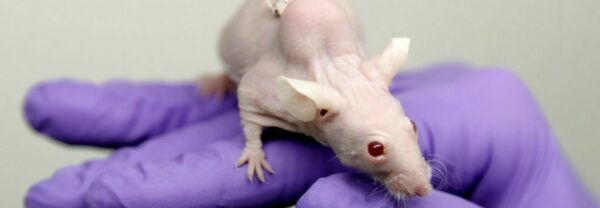Penile and testicular cancer: late effects of treatment
With the increasing prevalence of long-term survivors after urological cancer, multidisciplinary research on treatment-related late adverse effects (AEs) has become an important issue of the uro-oncological community.
Such research has demonstrated that cure from urological cancer has its price including physical and psychosocial AEs. Late AEs are defined as disorders persisting for one year or more after treatment or occurring after this interval. As many of the late AEs also may occur in the general population, for example, as a consequence of aging, comparative studies with the general population are highly desirable.
Most of the medical literature on late AEs deals with prostate –and bladder cancer survivors. Long-term consequences after treatment penile cancer are less well documented. On the other hand, during the last two decades there has been increasing research on late AEs in testicular cancer survivors (TCSs).
Testicular cancer
After the introduction of cisplatin-based chemotherapy in the late 70’s the cure rate of this malignancy has increased to >95% in these young men, on average aged between 25-35 years. However, 5-15 years after their treatment about 30% of the survivors report health problems which are significantly more frequent among testicular cancer survivors (TCSs) than in age-matched men from the general population.
Some of these disorders are significantly related to their previous anti-cancer treatment. The relative risk of a second cancer thus ranges from 1.5–1.9 and is not only related to radiotherapy but probably also to cisplatin-based chemotherapy. Conflicting results have been published as to the impact of radiation exposure due to frequent CT examinations and future studies have to deal with this aspect.
Increased risk of cardiovascular morbidity has been reported after cisplatin-based chemotherapy mediated by the metabolic syndrome. Importantly, smoking represents a significant risk factor for the development of a second malignancy and cardiovascular diseases.
Treatment, even orchiectomy alone, affects the gonadal function with the risk of low serum testosterone levels and/or sub –and infertility problems. Though the majority of TCSs who attempt fatherhood are successful, sometimes by the help of assisted reproduction techniques, population-based investigations show an overall reduced chance of paternity by 30% as compared to the general population. Except for dry ejaculation after previous routine retroperitoneal lymph node dissection (RPLND), sexuality and overall sexual satisfaction is not related to previous cancer treatment and seems to be similar to observations from the general population. Nerve-sparing techniques of RPLND have subsequently reduced the prevalence of dry-ejaculation.
Though not life-threatening, reduced hearing, tinnitus and peripheral neuropathy are late AEs with potentially great impact on a TCS’ professional life, leisure activities and his quality of life. These AEs are related to the mode of administration of cisplatin per cycle (<5 vs 5 days), but also to the patient’s genetic make-up and the persisting serum level of cisplatin. On a group level TCSs’ quality of life is not different from that of controls from the general population, in part explained by response shift (=gradual achievement of an acceptable balance between a cancer survivor’s expectations and his/her experience of the current situation).
Discussion about expected AEs should be a mandatory part of pre-treatment counseling of the individual TC patients, emphasising the role of a healthy life style and the necessity of treatment-related follow-up. It is to be expected that today’s risk-adapted treatment of testicular cancer patients will decrease but not completely eradicate the prevalence of late AEs. Due to the rareness of penile cancer (<0.5% of all male cancers) there are only few studies which have investigated the late AEs after treatment of this malignancy. These mainly retrospective reports comprise few patients with a large variability of the initial extent of the disease, of the applied treatment and/or duration of follow-up.
In addition, the assessment of late AEs differs greatly, though most authors have attempted to use validated questionnaires in addition to ad hoc questions and semi-structured interviews. In spite of these shortcomings there is no doubt that treatment of penile cancer is followed by psychological distress and reduced well-being in up to 40% of the patients combined with reduced sexual function in 60%. In addition, post-treatment voiding problems are frequent.
With this background a British multi-disciplinary initiative is welcomed which attempts to design a web site and a questionnaire which specifically addresses problems encountered by penile cancer survivors.
Together with the oncological outcome as a major endpoint of treatment, future research has to document the impact of the different types of organ-saving therapies on the patient’s (and the partner’s) sexuality and quality of life.
Monday, 27 February11.20-11.40: Thematic session 10Genital cancer in the maleState-of-the-art lecture: Late effects of treatment


